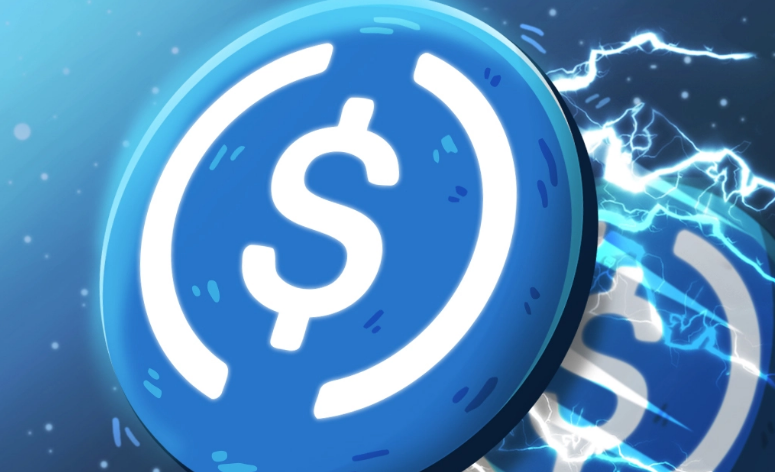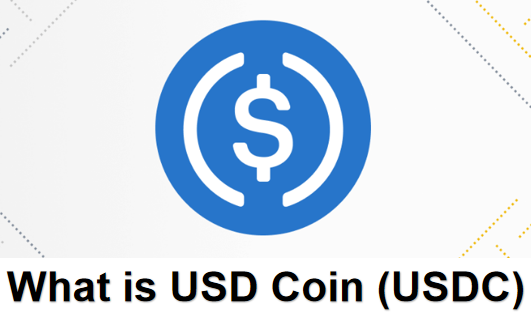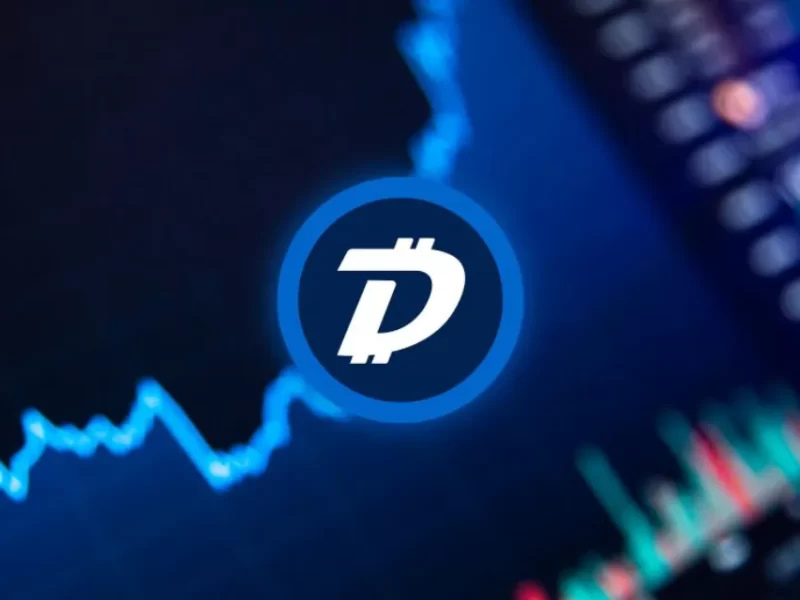USD Coin (USDC) is a relatively fresh stable coin pegged to the US dollar. It was launched on September 26, 2018, in collaboration between Circle and Coinbase. USDC is an alternative to other USD backed cryptocurrencies like Tether (USDT) or TrueUSD (TUSD).
In a nutshell, USD Coin is a service to tokenize US dollars and facilitate their use over the internet and public blockchains. Besides, USDC tokens can be changed back to USD at any time. The execution of issuing and redeeming USDC tokens is ensured with ERC-20 smart contract.
Bringing US dollars on the blockchain allows moving them anywhere in the world within minutes, and brings much-needed stability to cryptocurrencies. Also, it opens up new opportunities for trading, lending, risk-hedging and more.
How Does USD Coin Work?
USD Coin is built on an open-source fiat stablecoin framework developed by Centre. New USDC tokens are minted when people buy them, and they’re removed from circulation when people sell their tokens for U.S. dollars.
Let’s say you want to buy USD Coin through a crypto exchange. Here’s how the three-step tokenization process works:
- You send U.S. dollars to the crypto exchange to purchase USD Coin.
- The exchange uses a USD Coin smart contract to mint the equivalent amount of USD Coin.
- You receive the newly minted USD Coin, and the exchange puts the U.S. dollars you paid into the reserves for USD Coin.
- The tokenization process ensures there are reserves backing the entire supply of USD Coin.
- If you’re selling USD Coin, it’s the same process only in reverse. The exchange uses a smart contract to remove the USDC tokens that you’re selling from circulation, and it pays you an equivalent amount of U.S. dollars from the reserve.
What Makes USD Coin Unique?
In terms of functionality, U.S. dollar stablecoins essentially all offer the same thing. They aim to maintain a value of $1, and they work like any other digital currency so they can be transferred between crypto wallet addresses.
The most important factors for a stablecoin are transparency and trustworthiness. Those are also areas where USD Coin does a better job than most of its competitors.
Centre, the consortium that manages USD Coin, releases monthly attestations issued by Grant Thornton, LLP, one of the top accounting firms in the country. These attestations provide the number of USDC in circulation and the total value of the reserves backing USD Coin. That’s important because it shows there are actual funds in an account for every USDC.
Another point in USD Coin’s favor is the type of funds backing it. The USD Coin reserves used to have a mix of assets, including bonds and commercial paper. Centre decided to shift to cash and cash equivalents only, and it accomplished that in September 2021.
How is the USD Coin Produced?
The US Dollar Coin isn’t mined like a lot of other cryptocurrencies. It is available as Ethereum ERC-20, Algorand ASA, and Solana SPL tokens that can be purchased using US Dollars on several major exchanges. Circle says there is a total supply of four billion tokens in circulation right now.
On the Ethereum blockchain, USD Coin (USDC) is a 1:1 representation of one US dollar. It’s an ERC-20 coin that works with any app that supports the protocol.
To use Circle to tokenize or redeem USDC, you must first create an account, authenticate your identity (KYC), and link a valid bank account. Users may execute four basic actions on the Circle USD platform:
- Tokenize USD
- Redeem USDC
- Send USDC to ERC20 Ethereum addresses
- Deposit USDC from external Ethereum wallet addresses.
Except for a US$50 penalty for erroneous and rejected bank transactions, Circle USDC does not charge customers any fees for tokenizing and redeeming services. All normal costs apply to Coinbase USDC transactions. The minimum amount of USDC that may be redeemed is 100 USDC. Only business days are used to process tokens, and the procedure might take up to 24 hours. The procedure can take up to two business days and there is no minimum tokenization value.

History of USD Coin
USD Coin (USDC) is a fiat-collateralized stablecoin established by the CENTRE consortium, a collaboration between Circle and Coinbase to develop price-stable crypto assets and network protocols. It was launched in October 2018. Jeremy Allaire and Sean Neville, two entrepreneurs, established Circle in 2013.
USDC, like its predecessors, aims to address two key concerns with existing cryptocurrencies: excessive volatility and fiat currency-to-cryptocurrency conversion. In contrast to Tether, the project was born out of the realization that the industry required a fiat-collateralized stablecoin with robust governance and transparency. USDC tries to address these concerns by releasing a monthly public attestation of 100 percent fiat token reserves on CENTRE.io, as well as providing CENTRE members with explicit regulations and procedures for USDC creation and redemption. Members of the CENTRE consortium must also meet the important membership and operating standards, such as licensing, compliance, technology and operations, accounting, and custody of fiat reserves, to become issuers.
USDC tries to address these concerns by releasing a monthly public attestation of 100 percent fiat token reserves on CENTRE.io, as well as providing CENTRE members with explicit regulations and procedures for USDC creation and redemption.
Circle and Coinbase announced a substantial improvement to the USDC protocol and smart contract in 2020. These improvements are intended to make it simpler to use USD Coin for everyday payments, commerce, and peer-to-peer transactions.
Is USD Coin the Same as USDC?
USD Coin (USDC) is a relatively fresh stablecoin pegged to the US dollar. It was launched on September 26, 2018, in collaboration between Circle and Coinbase. USDC is an alternative to other USD backed cryptocurrencies like Tether (USDT) or TrueUSD (TUSD).
USD Coin’s main advantage is that it enables people to buy and sell other cryptocurrencies without having to move fiat currency in and out of exchanges.
USDC can be transferred 24/7 and is faster to send than traditional currencies, with settlements occurring in seconds. Transaction costs are low cost, making it cost- and time-efficient to use.
In the words of Jeremy Allaire, founder and CEO of Circle, “What makes USDC such a great product is that it’s easy to create and redeem, with seamless integration with the existing global banking system. As a result, customers are able to use it as a very efficient pipe between legacy electronic dollars and digital currency dollars.”
“It also enables the transfer of capital across different geographical jurisdictions much faster, especially compared to traditional wire transfers,” Manoppo says.
There are still downsides to using USDC. For one, there is no price appreciation. Users should also be aware of the regulatory landscape surrounding digital currencies and stablecoins. Crypto experts also say that government regulations against these digital assets could have a crippling effect on the future of these assets.
Is USD Coin Legit?
Yes, USDC is a legitimate and reputable stablecoin which is listed on most major cryptocurrency exchanges. In the fine print, Coinbase was clear that it is not a bank offering a U.S dollar savings account. And therefore, USDC is not FDIC or SIPC insured. While this stipulation may sound scary, it actually makes perfect sense. USDC may be tied to the U.S. dollar, but the U.S. government has nothing to do with USDC. Since USDC isn’t legal tender, it’s not going to be insured by the U.S. government. However, issuers of Centre’s USDC stablecoin are regulated and licensed financial institutions that are required to report their reserves every month, ensuring that each USDC is truly backed by one U.S. dollar.



